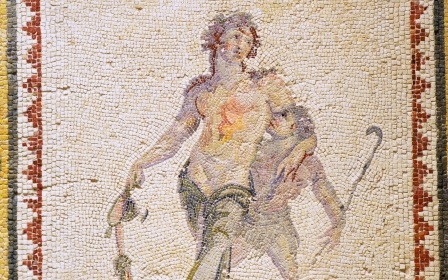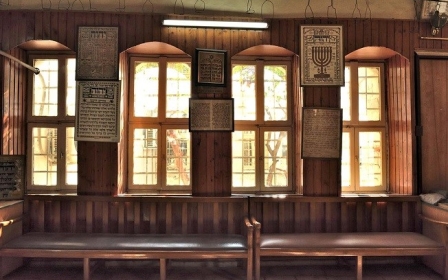
In pictures: Antakya’s bazaars and kitchens lead hard recovery from earthquake
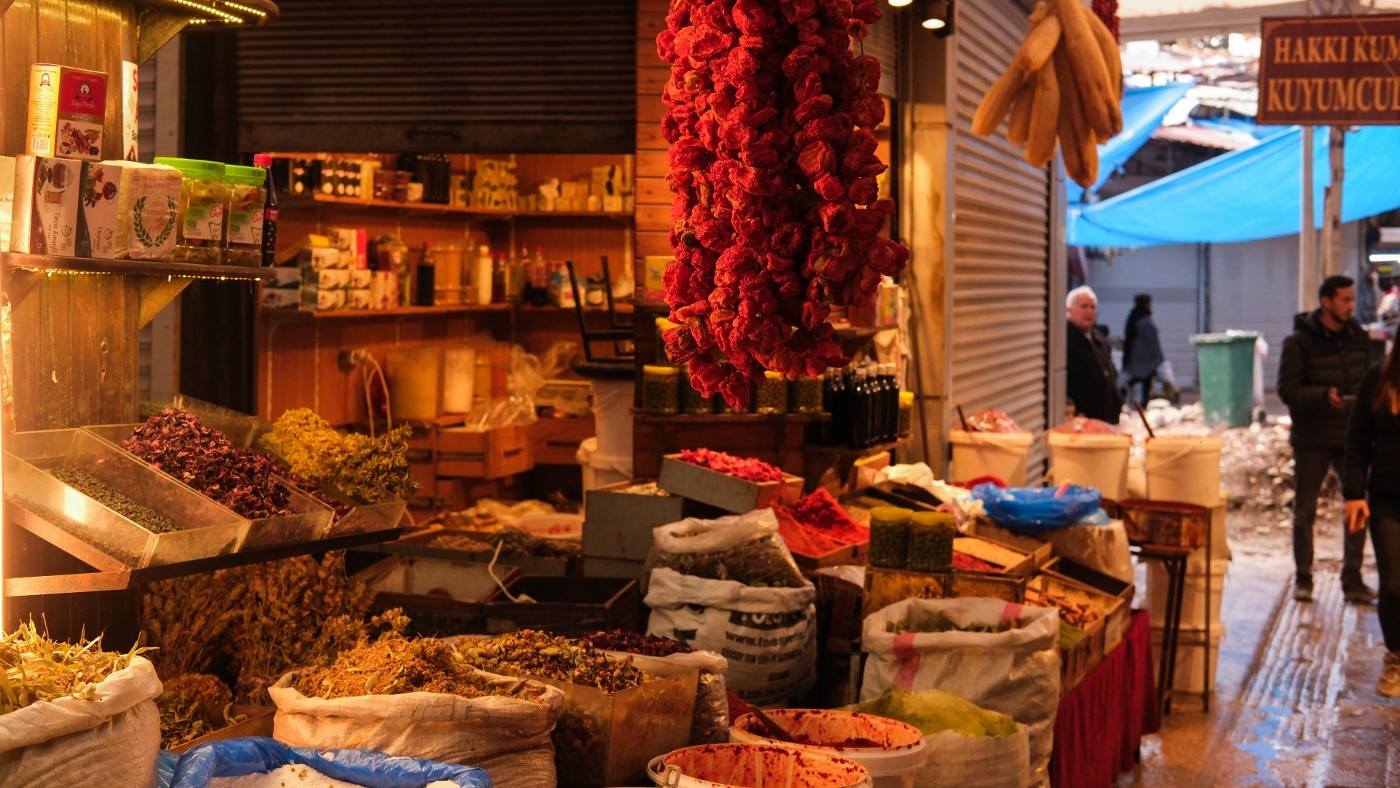
Entering Antakya’s long bazaar on the first anniversary of the 6 February earthquakes that destroyed the lives of 50,000 people, you feel for a moment that, among all the ruin and pain, life as it has always been known in the city still exists.
The long bazaar is the heart of the southern Turkish city. Three and a half kilometres in length, there are shops and streets in little never-ending corridors lined with spice vendors, butchers, bakeries, and patisseries selling kadayif.

While many establishments have been greatly impacted by the earthquake, some remain open, with the plethora of spice shops reflecting Hatay province’s interest in cuisine.
This ancient city's history goes back over two millennia, and there is an immense cultural heritage, from Biblical caves to synagogues, from sacred churches to beautiful mosques, many now destroyed and waiting to be rebuilt.
Food is one of the first things that bring people together, with olive oil, cheese, spices, and pomegranate syrup all loved by the citizens of Antakya.

The bazaar’s Cinaralti tea house is still standing. Inci, the 64-year-old owner, says they reopened their shop four months after the earthquake. Like hundreds of thousands of others, she was trapped under the rubble and fought for her life.
Her two houses were destroyed and she has been living in a container city. “I couldn’t bear to sit here and wait helpless,” she says. “I have returned to my shop and it is my new home,” she adds, serving a pumpkin dessert with crispy lime, made by a Christian woman from Antakya.
For many years, people with different beliefs and cultures - including Arabs, Turks, Kurds, Armenians, Greeks, and Alevis - lived in this area. They were influenced by each other to form the multicultural society of Antakya, which was known as Antioch in antiquity.
This cultural mosaic is present in the kitchen, where Antakyans come together in big family circles. The city’s proximity to important stops on the spice trade throughout history fuels the rich mix of flavours on show.
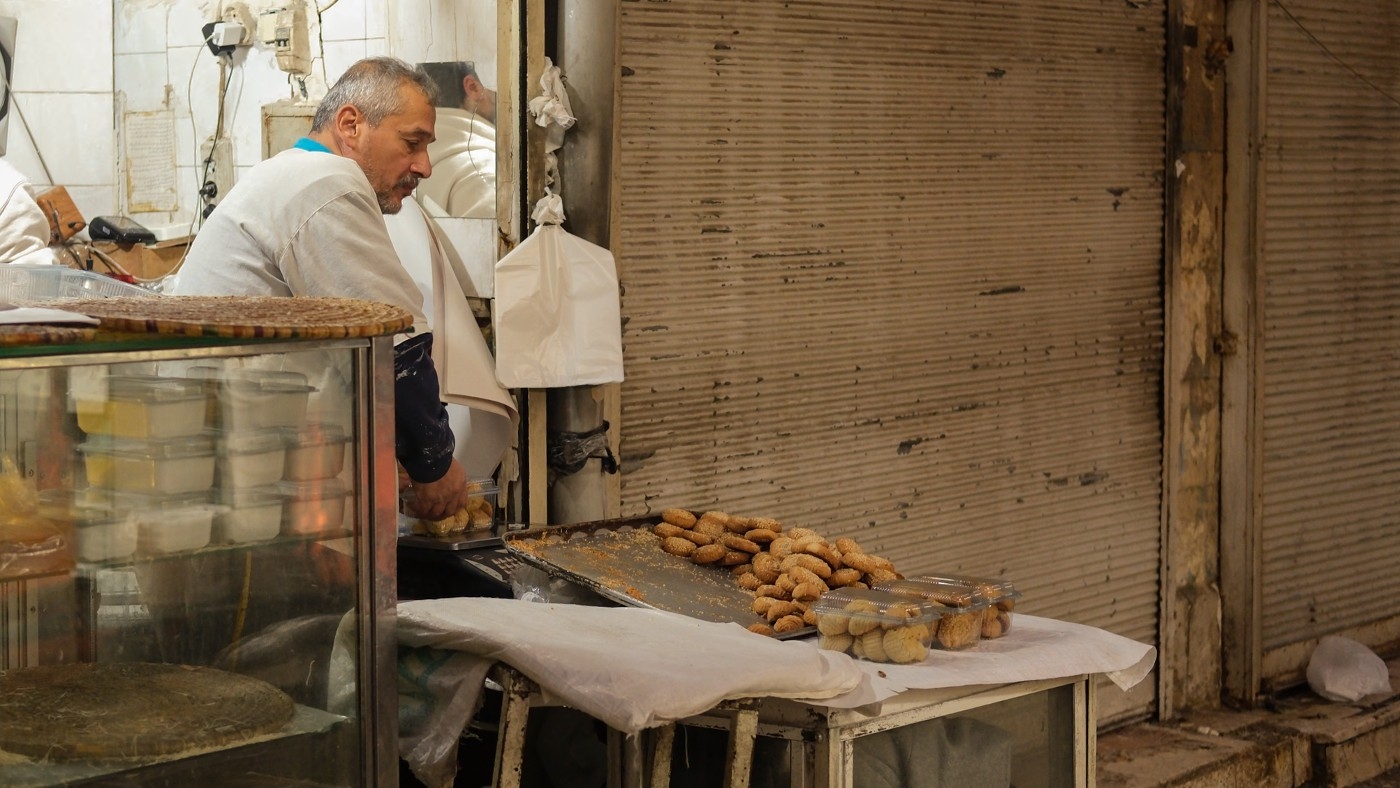
Afterwards, we walk through the half-open, half-closed shops and stalls where local delicacies are prepared. There is a bakery serving tray kebab and pepper bread, a kadayıf shop, and a few shops selling donuts and kahke, a locally made bread ring.
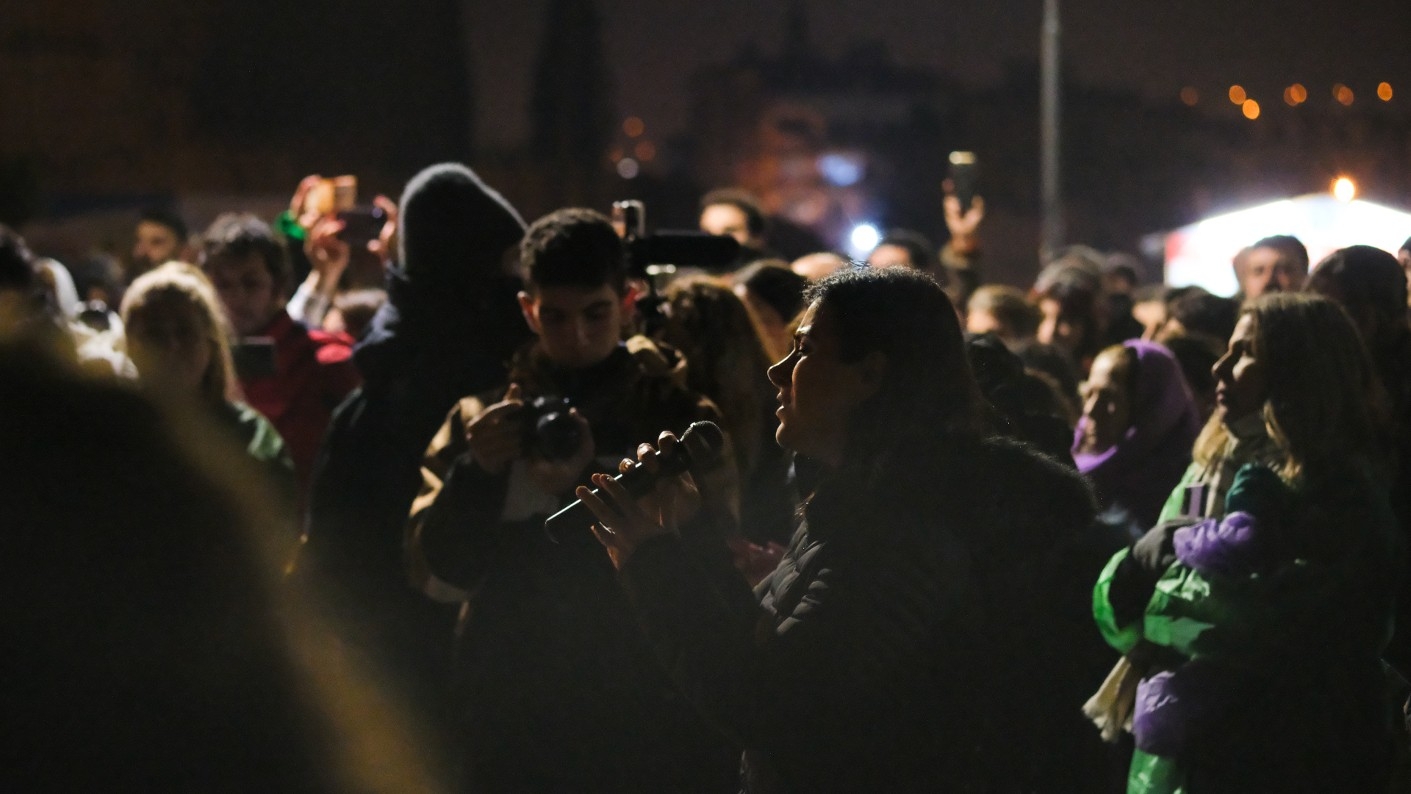
As you exit the bazaar and walk towards the Asi (Orontes) river, wreckage caused by the earthquake is all around.
The kilometres-long surroundings are completely cleared of collapsed buildings. Only a couple of structures stand out. But the city is crowded.
Tens of thousands attended a nighttime vigil that lasted until the early morning, organised by a civic group called Buradayiz Hatay (We are Here Hatay).
Hatay Academy Symphony Orchestra played a multilingual repertoire. People sang songs written for their lost friends in Kurdish, Turkish, and Armenian, the languages spoken in these lands. Even though it was raining, the group stuck together until the programme ended and they dispersed in silence.
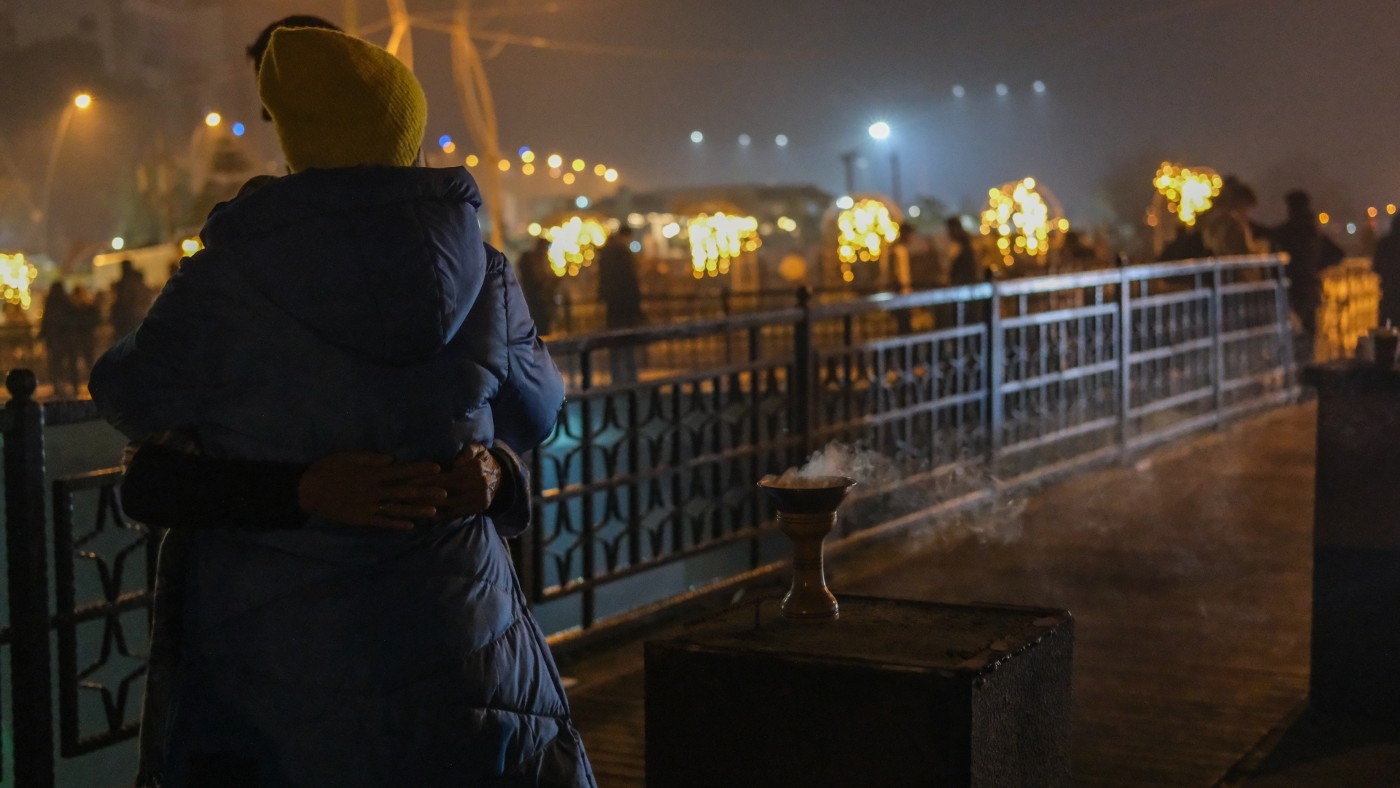
Beside a bridge, a woman burned an incense called bahur. This incense, which is frequently used by Arab Alevis, is burned to purify evil spirits and bad luck. While the bahur smokes by the river, others joined to share their pain.
It was dark and foggy as we walked the streets. A voice from the crowd could be heard: “As if everything is normal, as if we were walking on a crowded street in the bazaar.”
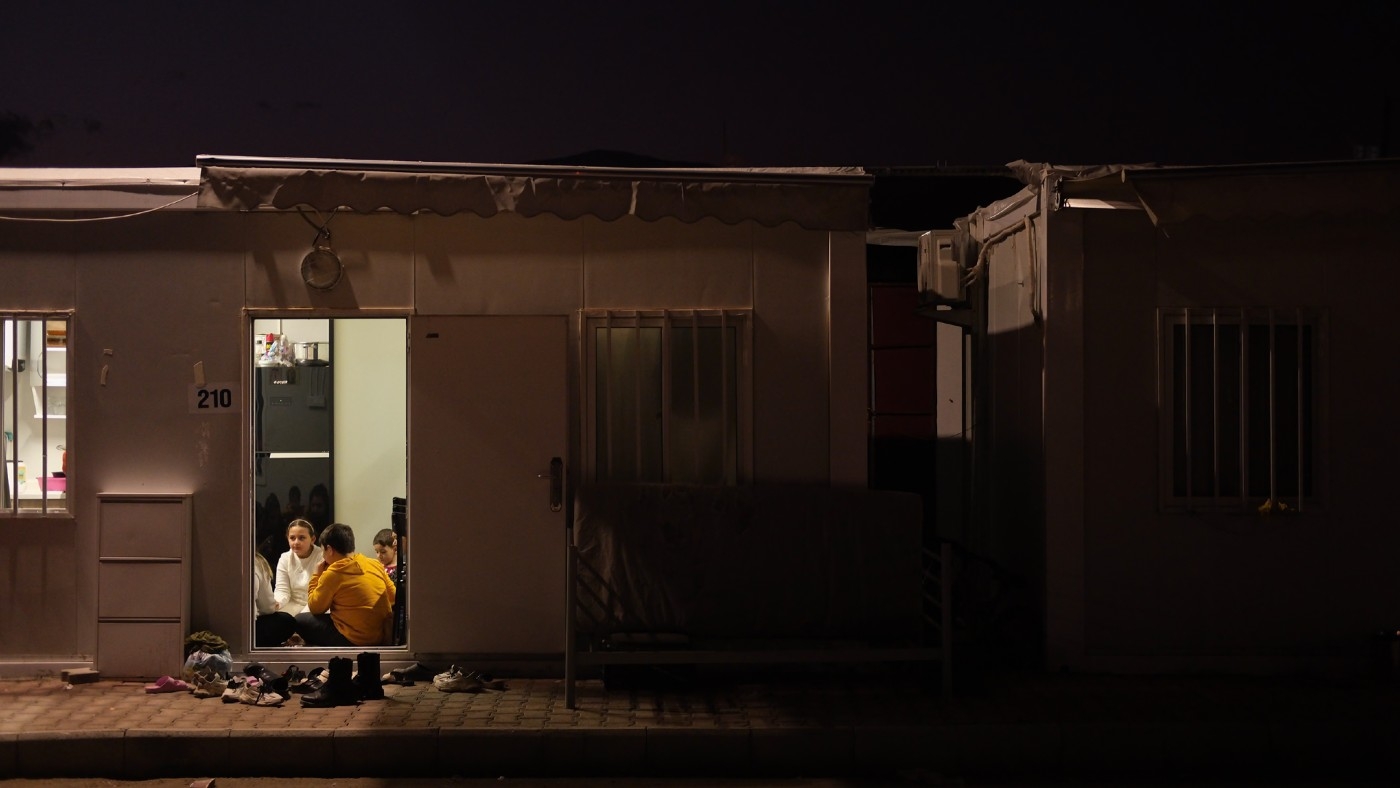
Suna Kokhan, founder of El Ele Education Association, teaches children in one of the container cities, in which people live in temporary wood-clad containers. She explains that while at first glance it looks as though life is going on as normal, once you talk to those living here, the trauma they are carrying becomes clear.
This is not helped by the cramped conditions people find themselves in, with living areas of just 18m2 and complaints of intense flooding during the winter months. Few container cities have places of worship, schools, or social areas readily at hand.
The disappearance of landmarks in the city - along with the memories they carry for the locals - leaves many survivors feeling hopeless. The citrus trees that once adorned the courtyards of classical Antakya houses now stand alone, isolated in a grove of rubble.

But locals fill the Affan coffeehouse, which had previously inhabited the ground floor of a two-storey building on Kurtulus Street since 1913. That site is now being restored following the earthquake, but at its new temporary home just outside the centre of the city, the coffeehouse’s fourth-generation owners serve tea and their signature pudding, called Haytali, which is served over real rose water, to those who lost loved ones to the disaster.

At Istanbul Kaytaz Bakery, Hasip, the owner, has been in charge for 40 years. After the earthquake, he left with his family to the port city of Mersin, which is just over three hours from Antakya by car.
He was there for two months before returning, saying he couldn’t leave Hatay province to the “bigots” who don’t respect its multicultural outlook, remarks that underline some of the inter-community tensions in Turkish society.
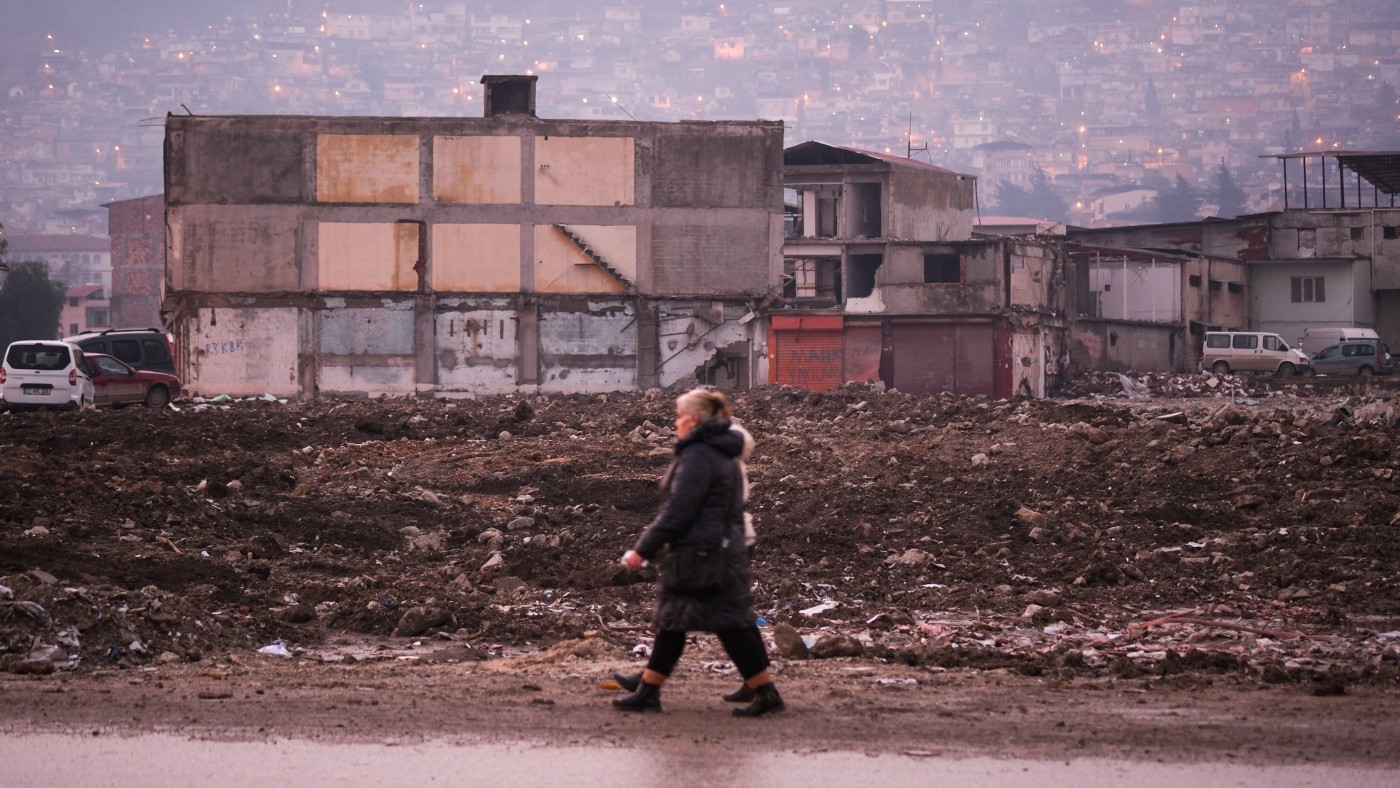
Some people have even moved from Istanbul back to Hatay following the earthquake. Nagehan returned to Dortyol, the district of Hatay where she was born and raised, because of rising rents in Istanbul following the earthquake.
The struggles of the region have not been confined to the earthquake and its impact. Economic hardship is felt very intensely in the big cities and the disaster zone. Housing is hard to find and people have been employing Syrian refugees – who are paid less – to build new lodgings in gardens and farms.
Leyla, the owner of a small orange garden, said she spent a few months in a woodshed after the disaster along with five families. Since the rubble is not removed immediately, new buildings are built hastily in areas used for agricultural purposes.
Most of Antakya’s important agricultural lands are used for construction and container cities. Although the economy of the region depends on industry, agricultural activities have decreased.
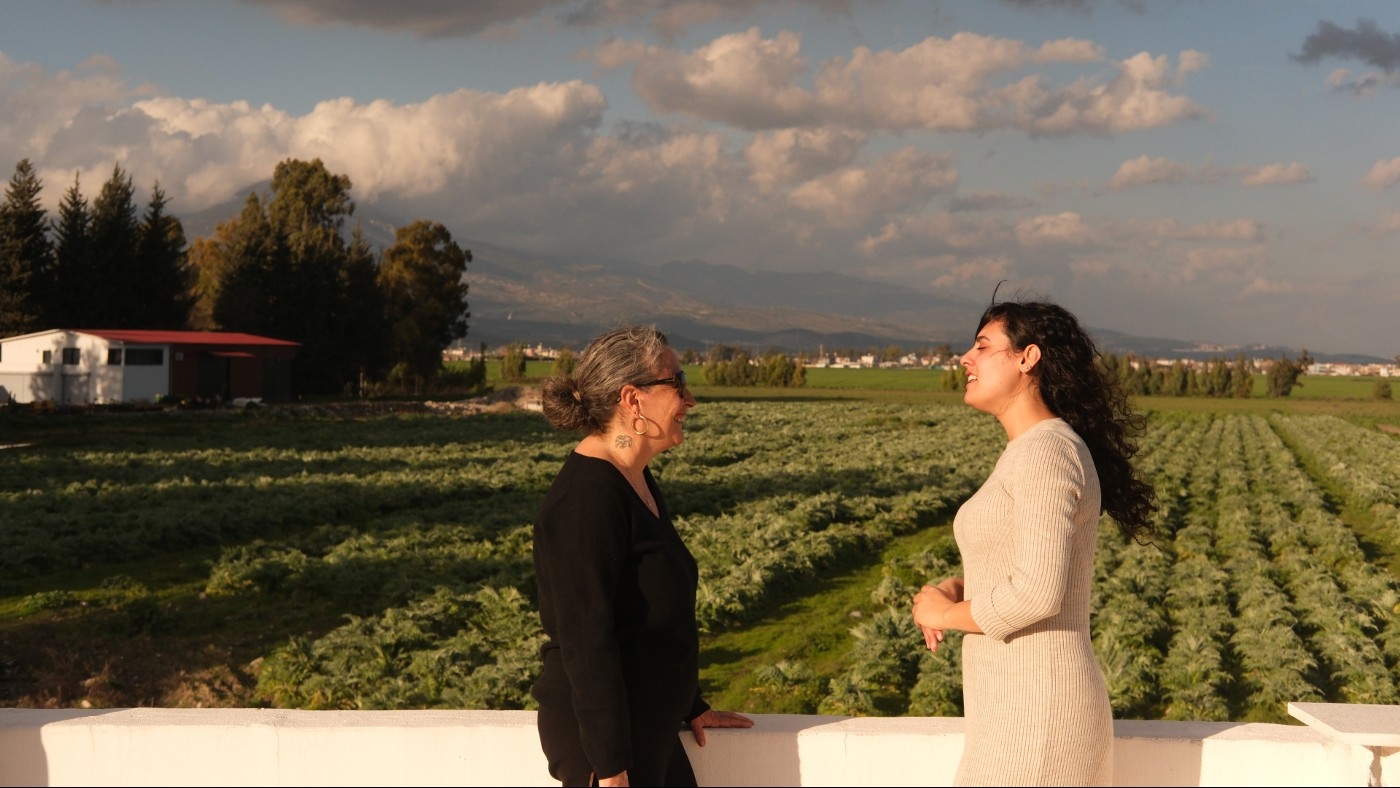
In the districts of Hatay, known for their bitter oranges, most gardens are not being maintained properly because there aren’t enough workers. The fruits now fall to the ground and their acids mix with the soil, poisoning it.
But there are still signs of hope and shoots of recovery.
Arpahan village, close to Antakya, lies at the end of a drive through beautiful valleys and hills. “Teofarm”, as its owner Elif Ovali, whose family has been working the land for the past five generations, calls it, aims to create a sustainable operation, as well as host workshops that introduce Hatay’s cuisines, traditions, and agricultural products to those who come.

The farm hosts kitchens, libraries, guest houses, and orchards. Merve Koroglu, who is from the area, is responsible for the activities. She says the farm has become a solidarity centre for NGOs after the earthquake, carrying out projects such as composting with waste and working with women in the sewing studio.
Back in her home province from Istanbul, Nagehan visited the long bazaar one morning. Seeing it for the first time since the earthquake, shopping for food and spices, she found herself pleasantly surprised.
“We are here shopping surrounded with flavours, rich smells, and our own people,” she said. “Like the good old days.”
Middle East Eye delivers independent and unrivalled coverage and analysis of the Middle East, North Africa and beyond. To learn more about republishing this content and the associated fees, please fill out this form. More about MEE can be found here.


